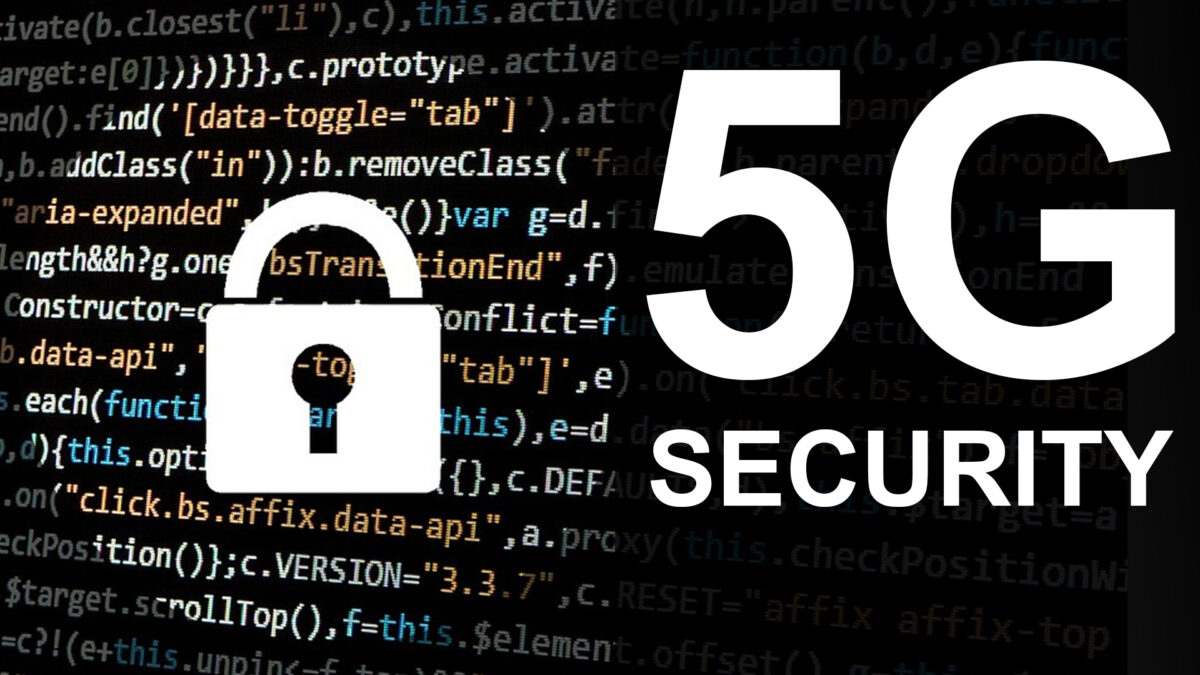5G is more secure and faster than 4G. 5G is a physical transformation of our critical networks with long-term implications. The vision of 5G wireless networks is to provide extremely high data rates and good coverage. Therefore, the shift could achieve the intended vision through dense base station deployment with:
- increased capacity,
- low latency, and
- significantly improved Quality of Service (QoS).
Why is 5G security vulnerability a modern concern?
Wireless communication systems have been vulnerable to security flaws since their inception. This section will broaden your understanding of the inherent 5G security concerns. A simple synopsis below will provide a timeline of adaptive threat vectors:- Mobile phones and wireless channels were targeted for illegal cloning and masquerading in the first-generation (1G) wireless networks.
- Message spamming became common in the second generation (2G) of wireless networks. Additionally, spamming was also part of the transfusion of false information or transmitting unsolicited marketing information.
- IP-based communication facilitated the migration of online security flaws and barriers to wireless domains in third-generation (3G) wireless networks.
- With the growing importance of IP-based communication, fourth-generation (4G) wireless networks expanded mobile devices. Additionally, multimedia traffic and accompanying services increased dramatically. This evolution resulted in a more complicated and evolving threat environment.
- With the introduction of fifth-generation (5G), security concerns would be more prominent than ever before, significant for privacy.
What are some critical 5G security vulnerabilities, and how to protect against these?
As we have seen above, 5G will connect vital infrastructure. Therefore, increased security measures will be necessary to secure the infrastructure and the collective security of society. For example, data is essential for the decision-making process. Corruption in the sensitive data through 5G networks can wreck our privacy. As a result, it is crucial to examine and identify the 5g security concerns. This section will also provide an overview of potential solutions to secure 5G systems.5g security analysis of threats and solutions
(1) Privacy
[Threat] The substantial concerns about privacy for users may arise from location, data, and identity. The access point selection algorithms in 5G mobile networks can dissipate location privacy at the physical layer level. For instance, the International Mobile Subscriber Identity (IMSI) could use subscribers User Equipment (UE) to disclose their identity. In addition to that, network carriers had direct access to and control over all system components in the past. Unfortunately, 5G mobile operators will lose complete systems governance. It is because of the involvement of the new actors such as CSPs (Communication Service Providers). As a result, 5G operators will lose complete control over security and privacy. [Solution] The threat analysis calls for the following tier-to-tier solution:- The first level of regulation is at the government level. It is where governments primarily create country-specific privacy regulations.
- The second level is the 5G security standard propositions by groups and industries. It includes groups like 3GPP, ONF, and ETSI, to protect privacy.
- 5G architecture should incorporate privacy-by-design approaches. Additionally, mobile operators should adopt a privacy-preserving 5G architecture. A service-oriented approach is a two-tier approach where:
- It will hold sensitive data locally,
- However, it will store less sensitive data on the cloud.
- For IMSI prevention, EFANI takes the lead and makes it challenging to identify mobile devices. It prevents subscribers from eavesdropping on the radio interface. Thus, ensuring the successful prevention of an IMSI attack.


